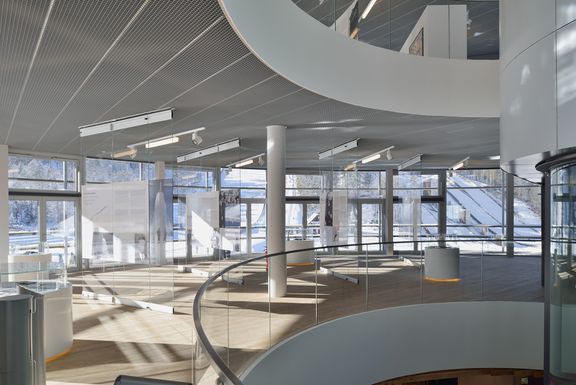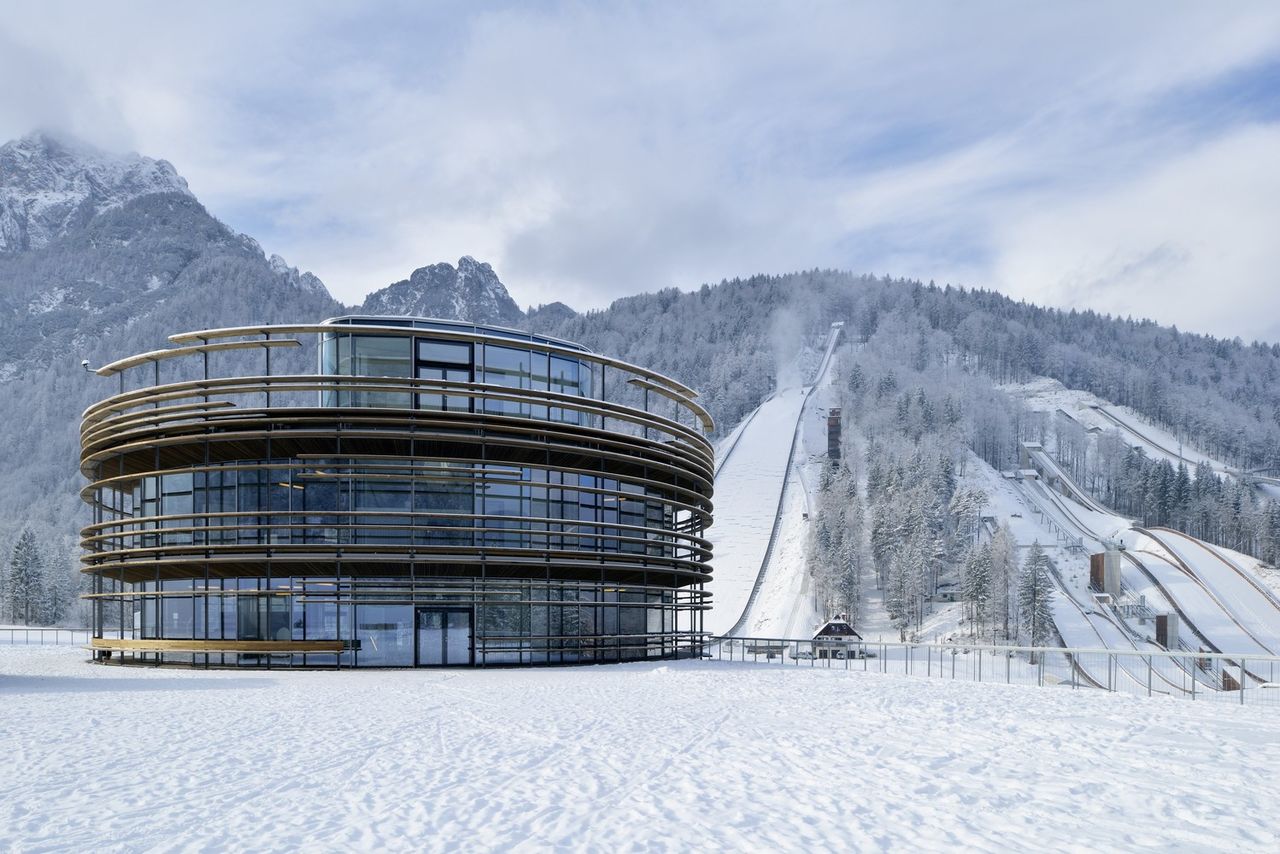 The pavilion and the ski fly hills at the Nordic Centre Planica. The pavilion was conceived by STVAR architects, 2016.
The pavilion and the ski fly hills at the Nordic Centre Planica. The pavilion was conceived by STVAR architects, 2016.
The Planica Museum is dedicated to the history of ski jumping and flying in Planica, an alpine valley in northwestern Slovenia. Historically, this valley has been one of the prime sites for the development of ski flying as a sports discipline of its own, and consequently, the museum also presents the wider history of ski jumping as such. Nevertheless, its main focus is to present and develop both the cultural as well as the technical heritage of almost a century of ski jumping in Planica.
At the end of 2015, the Nordic Centre Planica was completed and inaugurated. It is a modern Nordic skiing complex that boasts eight newly built or renovated ski jumping and flying hills and caters to cross-country skiing and various summer activities. The three bureaus that handled the architectural dimensions of the project are: A.biro (ski jumps and bridges), STVAR Architects (service and performance buildings, pavilion) and Studio AKKA (landscape, including the lay-out of infrastructure and cross country lanes).
Set in a newly constructed pavilion as a part of the Nordic skiing complex called the Nordic Centre Planica, the Planica Museum opened its doors in 2016. The exhibition was collected and set up by Iztok Durjava from the Slovene Sports Museum which is also managed by the Institute of Sports of the Republic of Slovenia Planica.
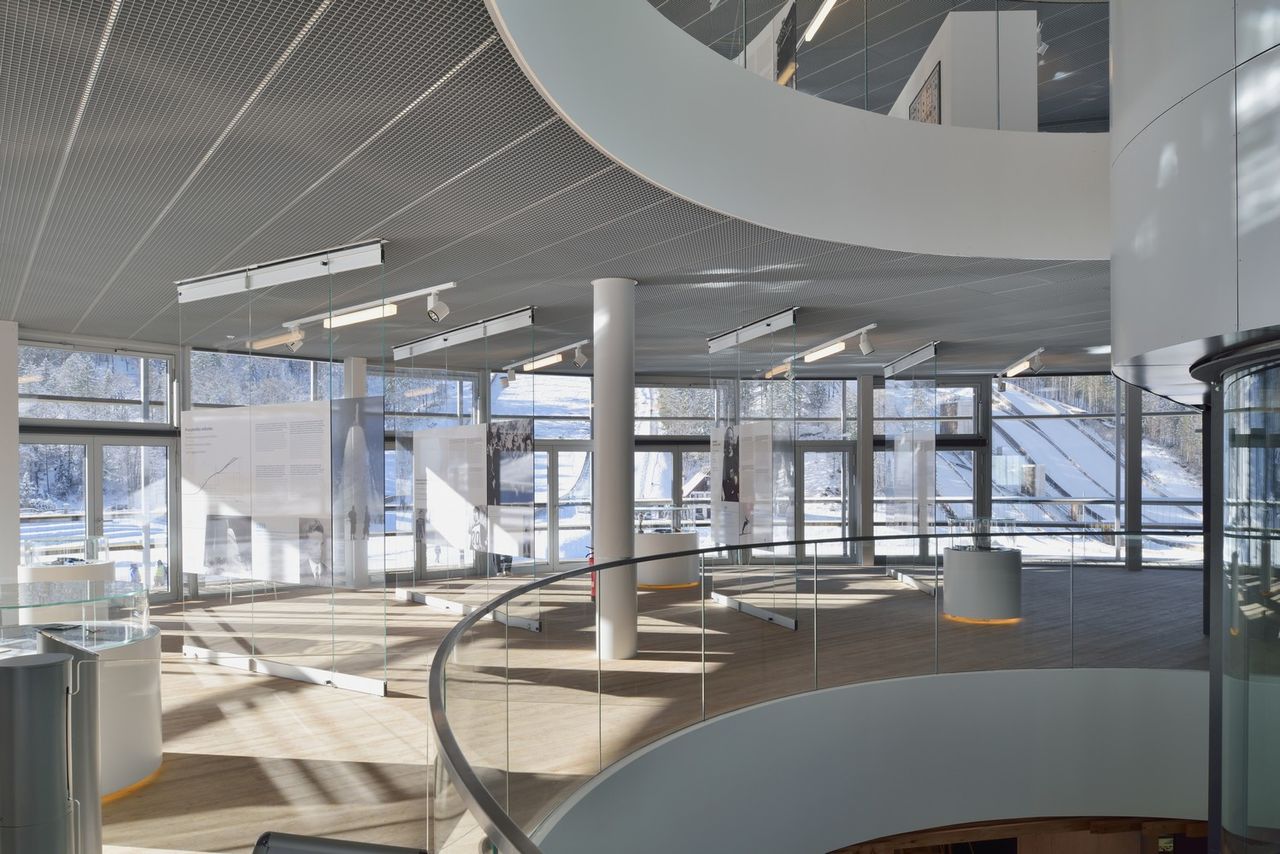 Nordic Centre Planica pavilion interior that houses Planica Museum designed by the STVAR architects, 2016
Nordic Centre Planica pavilion interior that houses Planica Museum designed by the STVAR architects, 2016
Background
The history of ski jumping in the Planica Valley starts in the late 1920s, when first considerations to develop the valley into an international sports tourism centre surfaced. Next followed the construction of the first ski jumping hill in 1930. A much bigger one, called the Bloudek Giant (Bloudkova velikanka), was finished in 1934, when it also claimed its first world record. Soon after, the first ever jump over 100 metres took place there, and along with it also a new discipline called ski flying. Until 1950, all but one ski flying world record had been achieved in Planica.
 Stanko Bloudek (1890-1959) was a Slovenian sport inventor, designer, builder and educator, who planned and enlarged the 'Bloudek giant' flying hill in Planica as early as 1934. Presented a the Planica Museum opened in 2015.
Stanko Bloudek (1890-1959) was a Slovenian sport inventor, designer, builder and educator, who planned and enlarged the 'Bloudek giant' flying hill in Planica as early as 1934. Presented a the Planica Museum opened in 2015.
In 1969, another and even more ambitious flying hill was erected. This one followed suit as the prime site for most record lengths until 2005. Together with some exceptional sportsmen, all of this played a significant part in Planica becoming something of a cultural phenomenon in Slovenia.
Permanent collection exhibition
The museum is divided into two parts, each on its own floor. An additional ground floor, freely open for everyone, comprises a few interactive video displays that present and illustrate both the local as well as global histories of ski jumping and cross-country skiing.
The upper two floors deal with the development of ski jumping in Planica and its prime protagonists, the sportsmen as well as the craftsmen. Of the latter, the most important figures are Stanko Bloudek, Ivan Rožman, and the brothers Vlado and Janez Gorišek. The first two are responsible for the Bloudek Giant, and the first floor covers the era of this ski jumping hill (1934–1969). The second floor features the construction of the Gorišek Brothers Hill, which marks the second era.
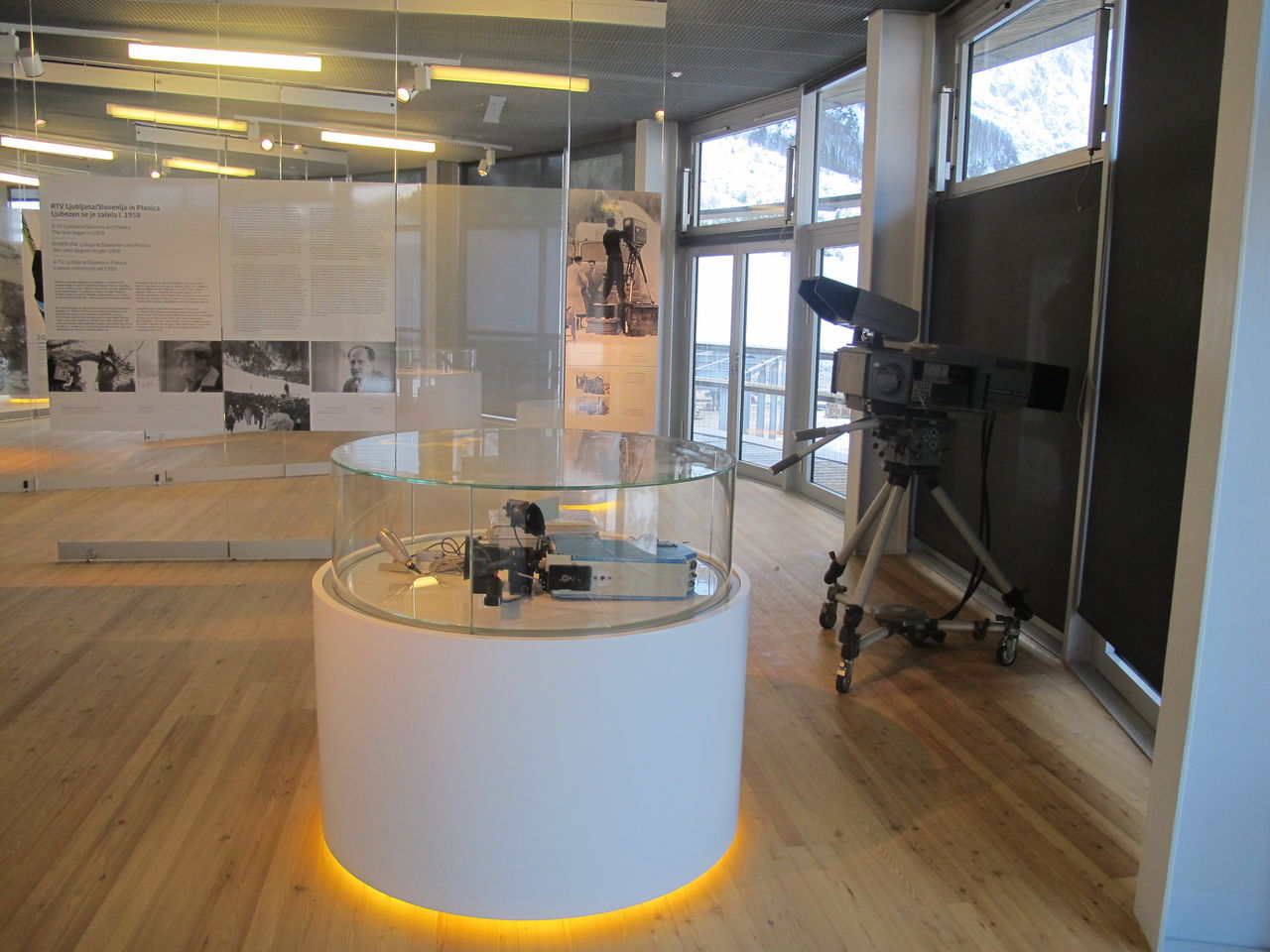 The Planica Museum collection displaying also some museum specimens of the technology used by Radio-Television Slovenia to transmit the jumps. The permanent exhibition was set in the pavilion of the Nordic Centre Planica in 2015.
The Planica Museum collection displaying also some museum specimens of the technology used by Radio-Television Slovenia to transmit the jumps. The permanent exhibition was set in the pavilion of the Nordic Centre Planica in 2015.
The museum collection displays various pieces of ski jumping equipment, different cups and medals, accessories of the aforementioned engineers, some museum specimens of the technology used by Radio-Television Slovenia to transmit the jumps, sport suits worn by Slovenian jumpers, and so on. There is naturally also a series of explanatory texts, pictures, holograms, and videos, many of them gathered in a small reading room.
Of a more interactive nature are simulators of actual ski jumps and, if slightly less physical, of the judging of a ski jumping event. Though not directly a part of the museum, there is also a wind tube that simulates floating.
See also
External link
Gallery
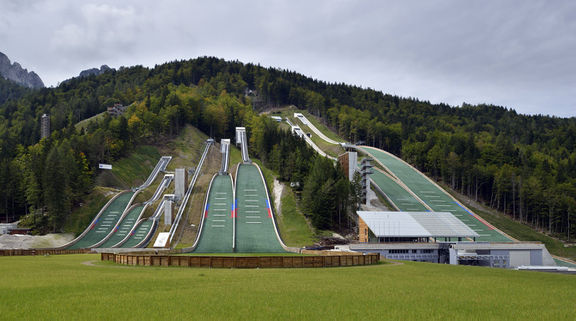
A late summer view of a few of the ski jumping hills in the Nordic Center Planica, the sports objects designed by A.biro, the landscape architecture AKKA Studio, 2014.
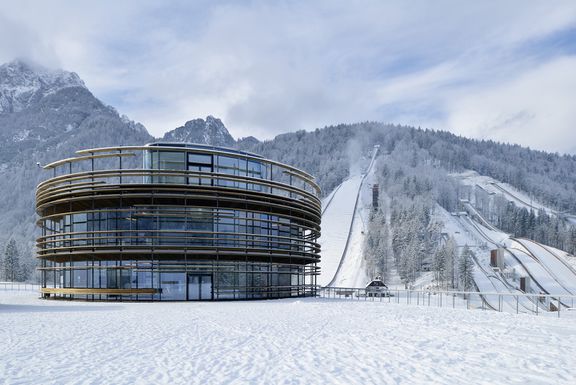
The pavilion and the ski fly hills at the Nordic Centre Planica. The pavilion was conceived by STVAR architects, 2016.
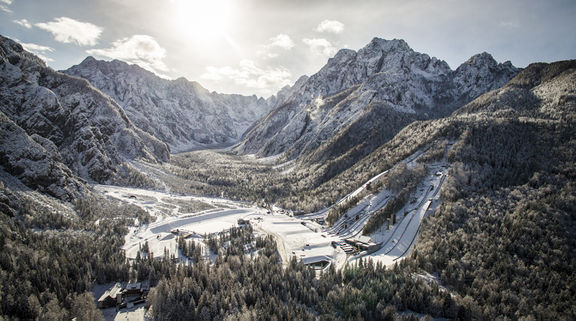
A view of Planica valley famous for its ski jumping since the 1930s. The Nordic Center Planica was newly designed in 2015.

A newly-constructed pavilion opened in 2016 houses also a Planica Museum. In the background, on the left side the 'Gorišek Brothers Ski Flying Hill' built in 1969, while the 'Bloudek Giant' is seen on the right-hand side. The latter was finished in 1934, when it also claimed its first world record.
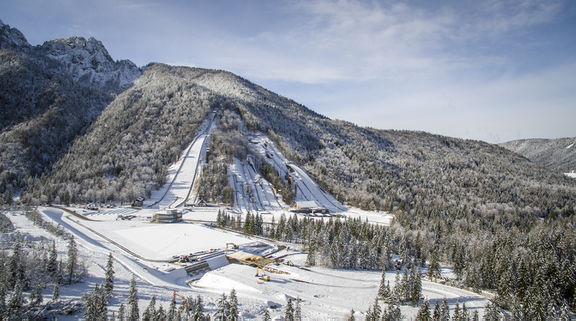
Ski jumping hills in Planica, a complex being designed by Studio AKKA (landscape architecture) and A.biro (ski jumps and bridges), with the adjacent buildings by STVAR architects, 2015

Stanko Bloudek (1890-1959) was a Slovenian sport inventor, designer, builder and educator, who planned and enlarged the 'Bloudek giant' flying hill in Planica as early as 1934. Presented a the Planica Museum opened in 2015.
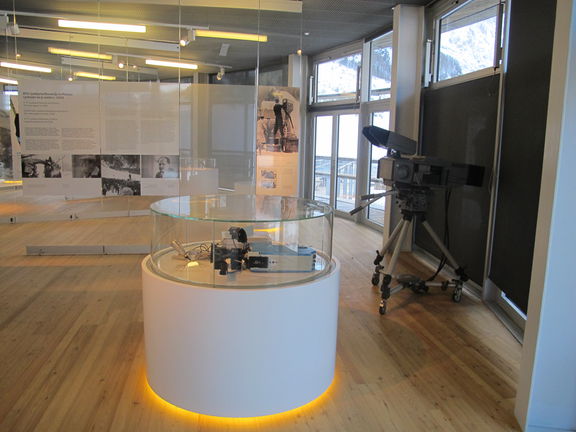
The Planica Museum collection displaying also some museum specimens of the technology used by Radio-Television Slovenia to transmit the jumps. The permanent exhibition was set in the pavilion of the Nordic Centre Planica in 2015.
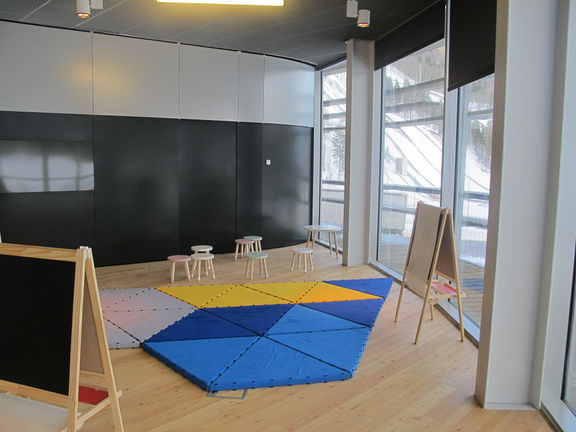
The children room in the pavilion of the Nordic Centre Planica, 2016.

A collection of ski jumping cups exhibited at a the newly established Planica Museum in the pavilion of the Nordic Centre Planica, 2016.
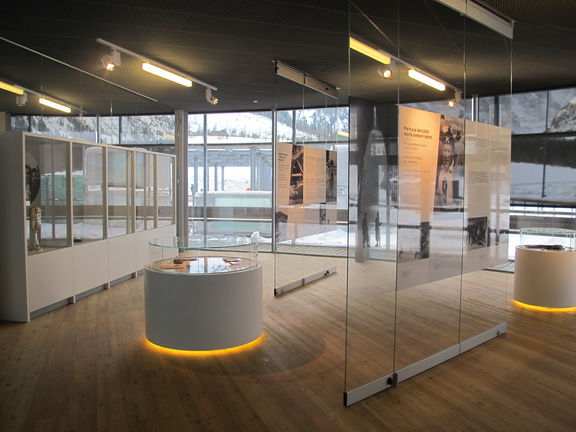
The opening competition at the 'Bloudek Giant Hill' was was organised as early as 1934. In 1936 the first jump over one hundred metres was achieved, the ski jumping hill at Planica being at the time the biggest in the world. An exhibition related to alpine ski jumping was set up 'in situ', at the bottom of the juping hills in the Nordic Center Planica in 2015.
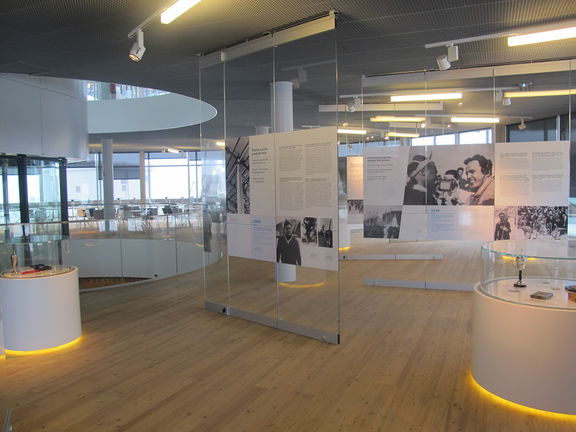
A view of the permanent exhibition set up in the pavilion in the Nordic Center Planica, 2016
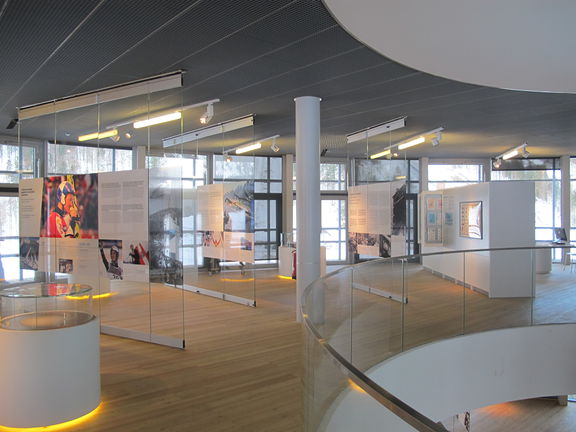
The Planica Museum collection set up in the Nordic Centre Planica, 2016.
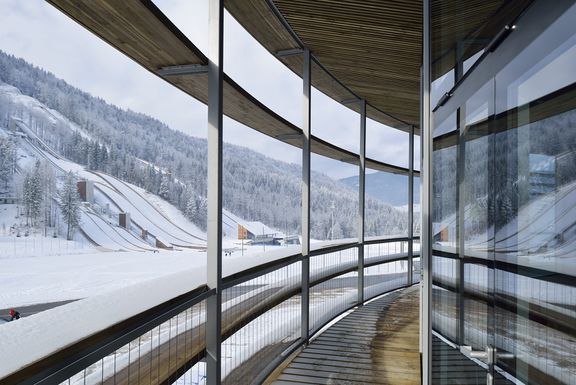
The central building of the Nordic Centre Planica with the flying hills in the background, 2016
 Nordic Centre Planica pavilion interior that houses Planica Museum designed by the STVAR architects, 2016
Nordic Centre Planica pavilion interior that houses Planica Museum designed by the STVAR architects, 2016




















